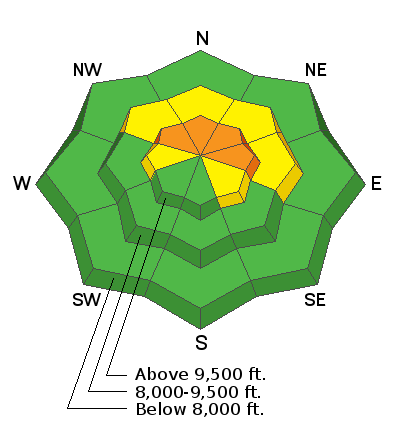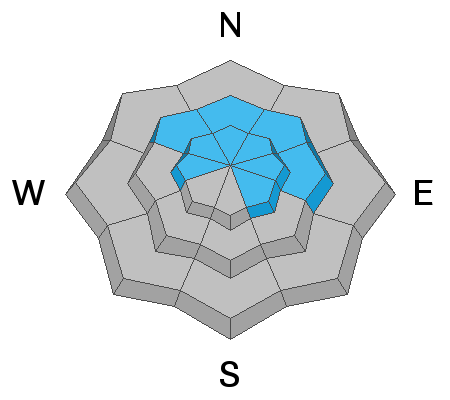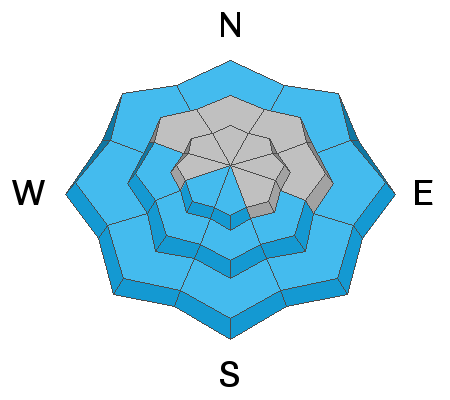Forecast for the Provo Area Mountains

Issued by Evelyn Lees on
Friday morning, December 7, 2018
Friday morning, December 7, 2018
The avalanche danger is CONSIDERABLE on upper elevation slopes facing northwest through easterly, where a slide could break 2 to 4 feet deep, failing near the ground on weak, sugary facets. At the mid elevations of similar aspect and upper elevation slopes facing west and southeast, the avalanche danger is MODERATE - while the likelihood of triggering a slide is less, the size would be the same, still breaking near the ground.

Low
Moderate
Considerable
High
Extreme
Learn how to read the forecast here









